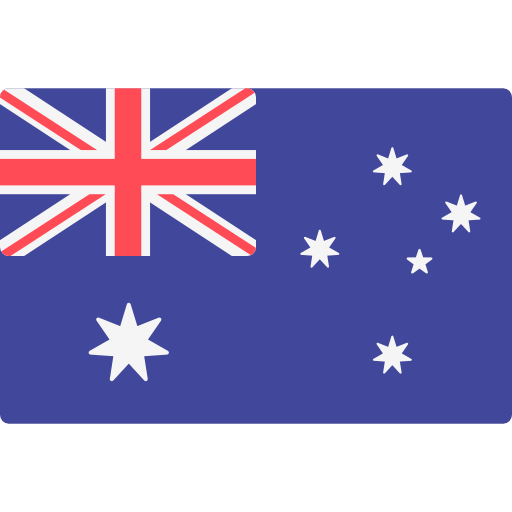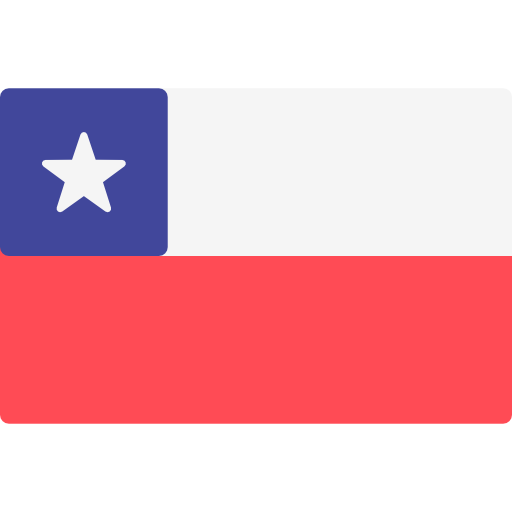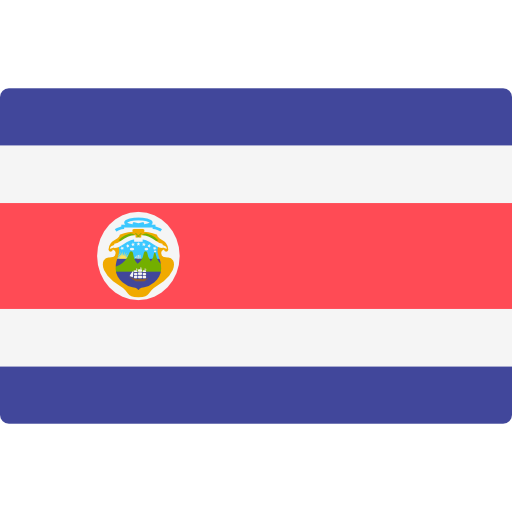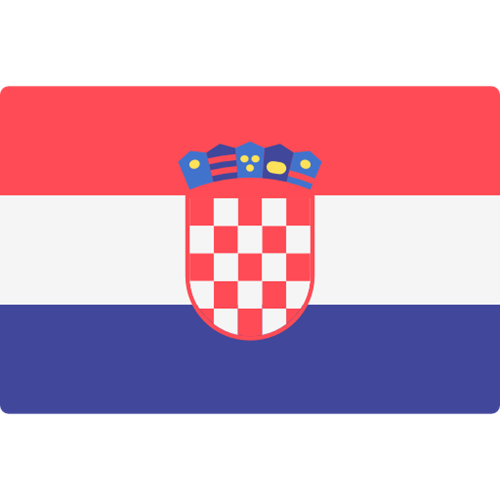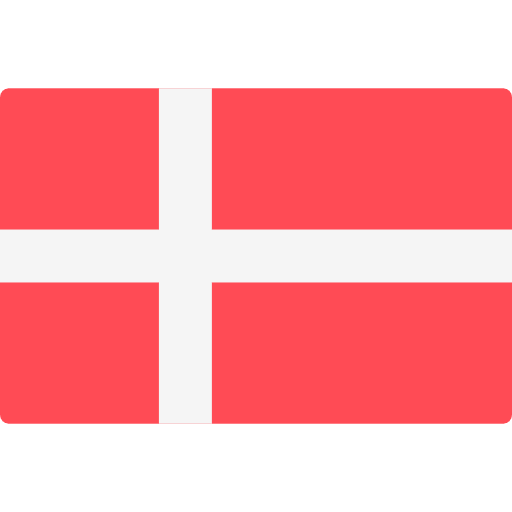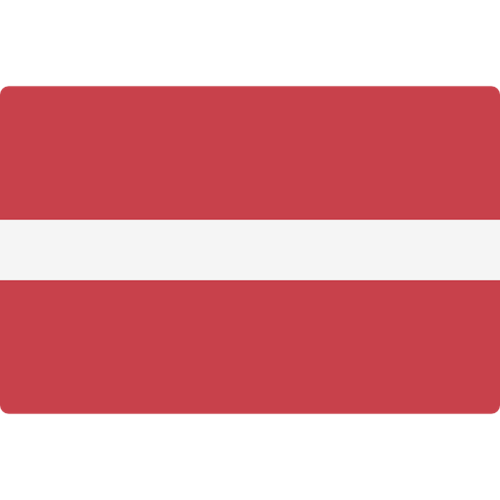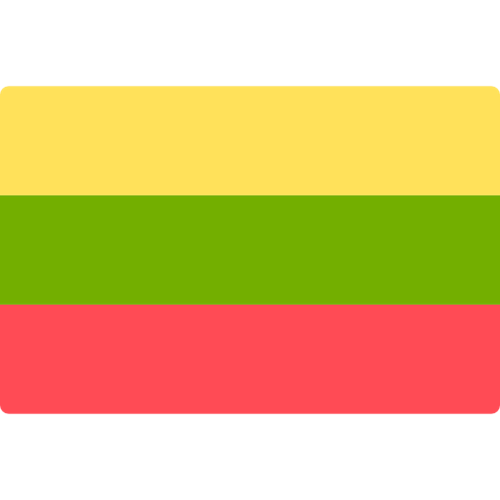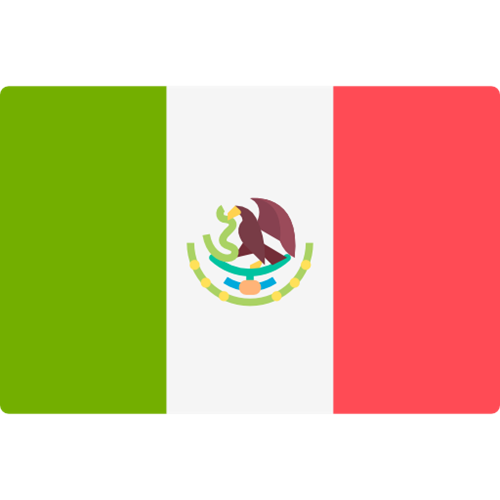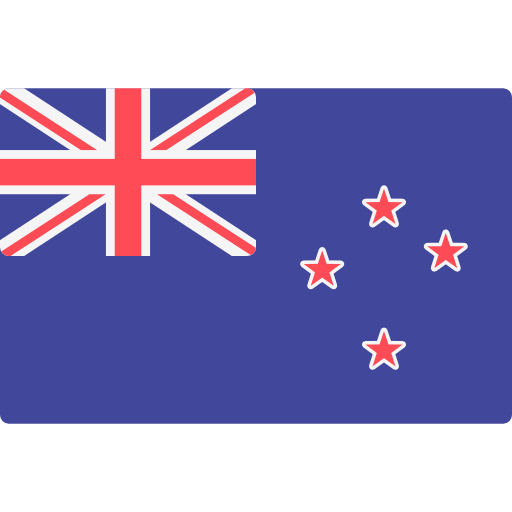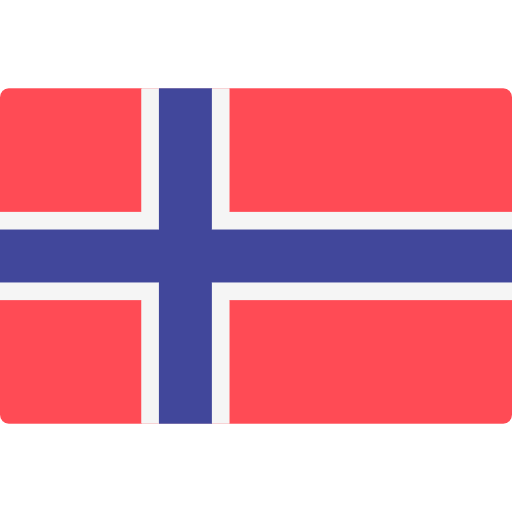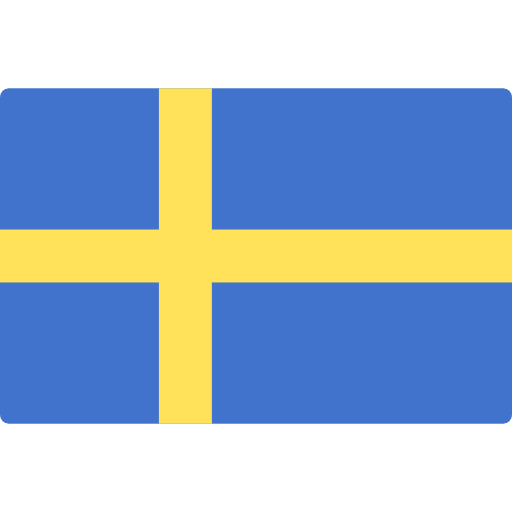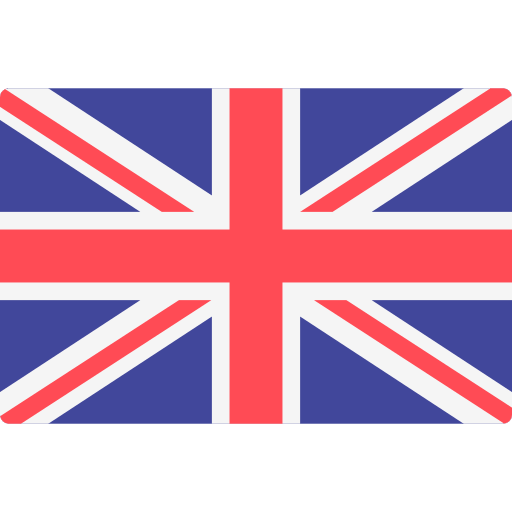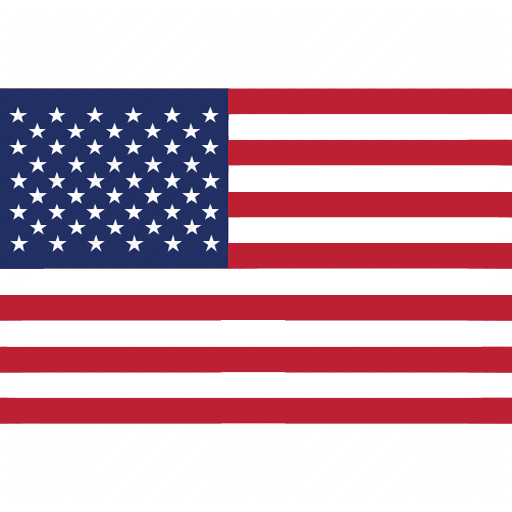Eurofins Toys & Hardlines Monthly Bulletin (December 2024)


New requirements for products with digital elements and defective products
In November 2024, the European Commission published several pieces of legislation to improve consumer safety, protection, and rights.
One such legislation is Directive (EU) 2024/2853 of the European Parliament and of the Council of 23 October 2024 on liability for defective products and repealing Council Directive 85/374/EEC.
This Directive lays down common rules on the liability of economic operators for damage suffered and caused by defective products and on compensation for such damage.
This Directive shall apply to products placed on the market or put into service after the 9th of December 2026.
The other is Regulation (EU) 2024/2847 of the European Parliament and of the Council of 23 October 2024 on horizontal cybersecurity requirements for products with digital elements and amending Regulations (EU) No 168/2013 and (EU) 2019/1020 and Directive (EU) 2020/1828 (Cyber Resilience Act).
It applies to products with digital elements made available on the market which include a connection to a device or network. It lays down the following main points:
- Rules to ensure the cybersecurity of products.
- Essential cybersecurity requirements for the design, development, and production.
- Obligations for economic operators with respect to cybersecurity and vulnerability handling processes.
- Rules on market surveillance.
- The vulnerability handling processes put in place by manufacturers to ensure the cybersecurity of products during the time the products are expected to be in use.
This Regulation shall apply from 11 December 2027.
Official publications related to the European deforestation-free products regulation
In November 2024, the European Commission published the following two official publications related to Regulation (EU) 2023/1115 on deforestation-free products:
- Communication from the Commission on the Strategic Framework for International Cooperation Engagement in the context of Regulation (EU) 2023/1115 on the making available on the Union market and the export from the Union of certain commodities and products associated with deforestation and forest degradation.
- Commission notice Guidance document for Regulation (EU) 2023/1115 on deforestation-free products.
The partnership’s success will rest on EU partners’ commitment to deliver on global targets to halt deforestation and thanks to the guidance document, which provides information and clarifies dedicated parts of the legislative text, will help operators, traders, competent authorities, and enforcement bodies to apply the EUDR.
Call for evidence for digital product passport
On 12 November 2024, the European Commission launched a call for evidence in preparation for an impact assessment for the upcoming delegated act foreseen under Regulation (EU) 2024/1781 on Ecodesign for Sustainable Products, which set out requirements for the future digital product passport service providers.
On 10 December 2024, the call for evidence was closed and public consultation is planned for the fourth quarter of 2024.
For more information, please refer to the European initiative on the European Commission website here.
The table below summarises the most recent standard updates and upcoming dates of withdrawal (non-exhaustive):
(*) Date of withdrawal: The latest date by which national standards conflicting with a European Norm (EN) (and Harmonisation Document (HD) for the European Committee for Electrotechnical Standardisation (CENELEC)) must be withdrawn.
(**) Date of announcement: The latest date by which the existence of an EN (and HD for CENELEC), a TS or a CWA must be announced at the national level.
(***) Date of availability: Date when the definitive text in the official language versions of an approved CEN/CENELEC publication is distributed by the Central Secretariat.
|
The European Committee for Standardisation (CEN)/CENELEC |
||||
|
Reference |
Title |
Date of withdrawal (*) |
Supersedes |
|
|
Paints and varnishes - Wettability - Part 4: Determination of the polar and dispersive fractions of the surface tension of liquids from an interfacial tension (ISO 19403-4:2024) |
30 April 2025 |
|||
|
Paints and varnishes - Wettability - Part 5: Determination of the polar and dispersive fractions of the surface tension of liquids from contact angles measurements on a solid with only a disperse contribution to its surface energy (ISO 19403-5:2024) |
30 April 2025 |
|||
|
Paints and varnishes - Wettability - Part 6: Measurement of dynamic advancing and receding angle by changing the volume of a drop (ISO 194036:2024) |
30 April 2025 |
|||
|
Paints and varnishes - Wettability - Part 7: Measurement of the dynamic contact angles and the roll-off angle on a tilt stage (ISO 19403-7:2024) |
30 April 2025 |
|||
|
Reference |
Title |
Date of Announcement |
Supersedes |
|
|
Childcare articles - Tricycles - Safety requirements and test methods |
31 January 2025 |
|||
|
Paints and varnishes - Coating materials and coating systems for exterior wood - Part 15: Assessment of bleeding of coloured wood extractives through a coating by means of a water immersion test |
31 January 2025 |
|
||
|
Reference |
Title |
Date of Availability |
Supersedes |
|
|
Safety of toys - Part 8: Age determination - First age grade for the appropriate play of toys (ISO/TR 8124-8:2024) |
9 October 2024 |
|||
New eco-organisation and coordinating body under AGEC Law
In November 2024, the French Ministry of Ecological Transition and the Ministry of Economy, Finance and Industry published the following two orders related to an application of article L. 541-10 of the environmental code:
- Order of 30 October 2024 approving an eco-organisation of the sector with extended responsibility for producers of contents and containers of chemical products that may represent a significant risk to health and the environment referred to in paragraph 7 of Article L. 541-10-1 of the Environmental Code (Text No. 13). EcoPAE was authorised as an eco-organisation
- Order of 21 October 2024 approving a coordinating body for the extended responsibility sector for producers of DIY and gardening articles pursuant to article L. 541-10 of the Environmental Code (Text No. 9). OCABJ was authorised as a coordinating body.
UK government’s response to the product safety review
On 5 November 2024, the Department for Business & Trade and the Office for Product Safety & Standards published the Consultation outcome related to the Product Safety Review.
It explains the proposal to update and modernise the UK's product safety legislation after Brexit and other points related to online shopping, software, artificial intelligence, etc.
It also explains the next steps for the short, medium, and longer term such as addressing the issues faced by the sale of unsafe goods through online marketplaces or the most effective way to utilise digital technology amongst others.
For more information, please refer to the UK Government website here.
Utah finalises online law labelling rules
On 23 October 2024, the State of Utah finalised Section R70-101-13 titled “Online Sales Requirements” of the State’s law labelling rules for bedding, upholstered furniture, and quilted clothing.
Under the new online sales requirements, online retailers of quilted clothing must display information that satisfies the requirements of Section R70-101-9 so that it is easily accessible for the consumer to examine before purchase. Online retailers may provide a digital textile label, or equivalent information, displayed or hyperlinked, on the article’s landing page. If a hyperlink is used, then the following information must be provided:
- applicable filling material as required in Section R70-101-9;
- the form of identification that is supplied to the department in a permit application; and
- any applicable sterilisation permit number.
Online retailers of bedding and upholstered furniture must display information that satisfies the requirements of Section R70-101-12 so that it is easily accessible for the consumer to examine before purchase. Online retailers may provide a digital law label, or equivalent information, displayed or hyperlinked, on the article’s landing page. If a hyperlink is used, the following information must be provided:
- applicable filling material as required in Subsection 4-10-107(2) and Sections R70-101-10 and R70-101-11;
- any applicable URN; and
- any applicable sterilisation permit number
The effective date of the new online requirements is 15 May 2025.
Source: Rule 101: Bedding, Upholstered Furniture, and Quilted Clothing
CPSC updates safety standard for soft infant and toddler carriers
On 20 November 2024, the U.S. Consumer Products Safety Commission (CPSC) published a direct final rule to update the mandatory safety standard for soft infant and toddler carriers (16 CFR 1226) by incorporating the latest version of the ASTM F2236-24 with no modifications.
The latest version, ASTM F2236-24 (Standard Consumer Safety Specification for Soft Infant and Toddler Carriers), contains substantive revisions related to terminology, flammability, marking and labelling, and instructional literature.
A soft infant and toddler carrier is defined as “a product, normally of sewn fabric construction, which is designed to contain a full-term infant to a toddler, generally in an upright position, in close proximity to the caregiver.”
The direct final rule will become effective on 22 February 2025, unless the CPSC receives significant adverse comments by 20 December 2024.
CPSC issues Safety Standard for Infant Support Cushions
On 4 November 2024, the U.S. Consumer Products Safety Commission (CPSC) issued a Final Rule to establish a consumer product safety standard for infant support cushions (16 CFR 1243). This standard is designed to mitigate hazards, specifically suffocation, entrapment, and falls, associated with infant support cushions.
16 CFR 1243 defines an infant support cushion as “an infant product that is filled with or comprised of resilient material such as foam, fibrous batting, or granular material or with a gel, liquid, or gas, and which is marketed, designed, or intended to support an infant’s weight or any portion of an infant while reclining or in a supine, prone, or recumbent position. This definition includes any removable covers, or slipcovers, sold on or together with an infant support cushion.”
Examples of infant support cushions include:
- head positioner pillows;
- flat baby loungers;
- crib pillows;
- wedge pillows for infants;
- infant sleep positioners, unless regulated as medical devices by the Food and Drug Administration (FDA);
- stuffed toys marketed for use as an infant support cushion;
- infant tummy time or lounging pillows, whether flat or inclined;
- multi-purpose pillows marketed for both nursing and lounging;
- anti-rollover pillows with or without straps that fasten the pillow to the infant;
- infant self-feeding pillows that hold a bottle in front of the face of a reclining or lying infant;
- pads and mats; and
- accessory pillows and other padded accessories, often marketed for use with an infant car seat, stroller, or bouncer, but not sold with that product and therefore not included in the mandatory safety standard for those products.
16 CFR 1243 includes the following:
- General requirements
- Hazardous sharp edges or points
- Small parts
- Lead in paints
- Toys
- Removal of components
- Permanency of labelling and warnings
- Convertible products
- Performance requirements: The rule mandates specific performance requirements to address suffocation, entrapment, and fall risks. These include requirements for:
- Restraint
- Seam strength
- Bounded openings
- Maximum incline angle
- Firmness
- Occupant support firmness
- Sidewall firmness
- Firmness at the intersection of sidewall and occupant support surface
- Sidewall angle
- Test methods
- Marking and labelling: Clear and conspicuous warning labels are mandatory. These labels must include warnings against using the product for sleep, on elevated surfaces, and with soft bedding. Labels must also be present on slipcovers sold with the product.
The Final Rule will become effective on 5 May 2025. To comply with the Consumer Product Safety Act, all infant support cushions manufactured on or after 5 May 2025, must undergo testing at a CPSC-accepted third-party laboratory for certification of children's products, as outlined in the 16 CFR 1110 rule. Additionally, infant support cushion manufacturers must provide a product registration card with each infant support cushion sold. This requirement stems from the amendment to 16 CFR Part 1130, which identifies infant support cushions as durable infant or toddler products subject to mandatory registration.
Draft Final Rule for CPSC eFiling implementation time to be voted on
On 22 November 2024, the CPSC staff submitted the Draft Final Rule to the CPSC Commission for review and consideration for the vote. The Commission is scheduled to vote on the Final Rule during a meeting on 18 December 2024.
In the Final Rule, the requirements for eFiling, certificate content, and recordkeeping remain consistent with the Supplemental Notice of Proposed Rulemaking (SNPR) issued on 8 December 2023.
The most significant change is regarding the implementation time. The Final Rule proposes the effective date, for eFiling to become mandatory, to be 12 months after publication in the Federal Register for all regulated products, except for products imported into a Foreign Trade Zone (FTZ) and subsequently entered for consumption or warehousing. For products imported into an FTZ, the Final Rule is effective 24 months after publication.
Source
Canada updates Tents Regulations
On 20 November 2024, Health Canada published the new Tents Regulations (SOR/2024-217) in the Canada Gazette, repealing the previous Tents Regulations (SOR/2016-185). The new regulations now incorporate the safety requirements outlined in the Canada General Standards Board’s (CGSB) standard CAN/CGSB-182.1-2020 Flammability and labelling requirements for tents (“the CGSB Standard”), as amended over time.
Additionally, the Toys Regulations have been amended to add flammability performance, and fire-safety labelling requirements for children’s play tents not intended for outdoor shelters. The Textile Flammability Regulations have also been amended to exclude products now regulated under the amended Toys Regulations.
The new regulations intend to enhance protections against hazards posed by tent fires by improving the flammability test methodology and reducing the need for the use of flame-retardant chemicals in tent materials. The previous regulations referenced sections of the outdated CPAI-84 (1995) standard, “A Specification for Flame-Resistant Materials Used in Camping Tentage,” which may have led to the use of harmful flame-retardant chemicals to achieve compliance. In contrast, the CGSB Standard utilises a balanced approach to assess the flammability performance of tents, allowing mass loss as a performance criterion, incorporating revised criteria for flaming debris, and eliminating the after-flame time requirements.
The scope of the new regulations continues to include children’s tents designed for outdoor shelters, such as youth camping tents, youth sun shelters, and play tents resembling a camping tent. However, children’s play tents not intended to provide outdoor shelter are now subject to the amended Toys Regulations, which defines a children’s play tent as a “toy intended to be entered by a child.” The amended Toy Regulations require these children’s play tents to meet the flammability performance requirements specified in ISO 8124-2, Safety of toys – Part 2: Flammability and to have fire-safety labels that alert caregivers to keep children’s play tents away from heat sources or open flames.
The new regulations took effect on 20 November 2024, with a two-year transitional period which will allow the industry to deplete existing stock that complied with the previous regulations.
Additionally, the new regulations establish compliance periods for future updates to the CGSB standard. When the CGSB standard is amended, the compliance periods are as follows:
- Manufacturers and importers: One year to comply with either the amended standard or the standard as it was before the amendment.
- Advertisers and sellers: Two years to comply with either the amended standard or the standard as it was before the amendment.
Similarly, the amended Toys Regulations provide compliance periods for updates to ISO 8124-2:
- Manufacturers and importers: 180 days to comply with either the amended standard or the standard as it was before the amendment.
- Advertisers and sellers: One year to comply with either the amended standard or the standard as it was before the amendment.
Regulatory proposals notified to the WTO
The table below summarises the most recent notifications made to the World Trade Organization (WTO) (non-exhaustive):
|
Notification number |
Entity |
Title |
|
Department of Agriculture, Environment and Rural Affairs (DAERA), Environmental |
Draft legislation: The Environmental Protection (Wet Wipes Containing Plastic) Regulations (Northern Ireland) 2025. These regulations introduce a ban on the supply and sale of wet wipes containing plastic for domestic purposes subject to exceptions. These restrictions will not apply to:
These regulations will apply to all businesses that operate in Northern Ireland. |
|
|
Ministry of Foreign Trade and Tourism |
Draft Technical Regulation on recyclable plastic tableware and/or flatware. |
Below, you will find a monthly table summarising product recalls and alerts in Europe (Source” Safety Gate (RAPEX)” and “RASFF”) and the U.S. (Source “CPSC”)
Safety Gate (RAPEX) (European Commission Rapid Alert System for dangerous non-food products – Alerts reported by EU national authorities)
The following 52 alerts regarding toys, childcare articles and children's equipment products were reported between week 43 and week 46 of 2024.
|
Type of Risk |
Number of alerts |
Notes |
|
|
|
Toy torch |
|
|
|
Fancy-dress costume |
|
|
|
Ballons |
|
|
Fake nose |
|
|
|
Jumping toy |
|
|
|
Toy slime |
|
|
|
Plastic ball |
|
|
|
Plastic toy |
|
|
|
Plastic doll |
|
|
|
|
Bath toy |
|
|
Keyring with soft toy |
|
|
|
Pencil case |
|
|
|
Plastic toy |
|
|
|
Plush and soft toys |
|
|
|
Soother and soother holder |
|
|
|
Soother clips |
|
|
|
Soother holder |
|
|
|
Spinner toy |
|
|
|
Toy airplane |
|
|
|
Toy doll on tricycle |
|
|
|
Toy gun set |
|
|
|
Toy rattle |
|
|
|
|
Children's highchair |
|
|
|
Teething necklace |
|
|
Swing |
|
|
|
|
Chair |
|
|
|
Toy crossbow |
|
|
|
Electric toy |
|
|
|
Baby cot |
|
|
Basketball set for trampoline |
|
|
|
Baby changing cot |
|
|
|
Stroller |
The following 3 alerts regarding furniture were reported between week 43 and week 46 of 2024.
|
Type of Risk |
Number of alerts |
Notes |
|
|
|
Bath mat |
|
|
|
Folding chair |
The following 6 alerts regarding jewellery were reported between week 43 and week 46 of 2024.
|
Type of Risk |
Number of alerts |
Notes |
|
|
|
Rings |
|
|
Earrings |
|
|
|
Jewellery set |
The following 14 alerts regarding miscellaneous consumer products were reported between week 43 and week 46 of 2024.
|
Type of Risk |
Number of alerts |
Notes |
|
|
|
Outdoor candle |
|
|
|
Luggage tag |
|
|
Water pump plier |
|
|
|
Bolt cutters |
|
|
|
Wire stripper |
|
|
|
Bicycle handles |
|
|
|
Yoga ball |
|
|
|
Suitcase |
|
|
|
|
Pottery wheel |
|
|
|
Ice cooling cubes |
|
|
|
Meat grinder |
|
|
|
Ladder |
|
|
|
Inflatable swim seat |
RASFF (European Commission Rapid Alert System for Food and Feed - Alerts reported by EU national authorities)
The following 6 alerts regarding Food Contact Materials related to children's tableware were reported from 21 October 2024 to 20 November 2024.
|
Product |
Notes |
|
|
Water Bottles |
Unauthorised use of wheat straw mixed with PP in water bottles |
|
|
Melamine cup and plate |
Specific migration of formaldehyde was detected |
|
OPSS issues Product Safety Alerts on the UK market.
The following 20 alerts regarding toys, childcare articles and children's equipment products were reported between week 43 and week 46 of 2024.
|
Type of Risk |
Number of alerts |
Notes |
|
|
|
Mask and Snorkel Set |
|
|
Halloween Accessory |
|
|
|
Super Clay |
|
|
|
|
Bath Toy |
|
|
Baby footmuff |
|
|
|
Plastic Toy Gift Set |
|
|
|
Plush Toy |
|
|
|
Baby stroller |
|
|
|
Knitted Baby Cocoon |
|
|
|
|
Baby stroller |
|
|
|
Doll |
|
|
|
Battery Powered Ride on Toy |
|
|
|
Swim Float with Canopy |
|
|
|
Inflatable Costume |
|
|
|
Knitted Baby Cocoon |
The following 2 alerts regarding furniture were reported between week 43 and week 46 of 2024.
|
Type of Risk |
Number of alerts |
Notes |
|
|
|
Upholstered Sofa |
|
|
Upholstered Sofas and Lounge Chairs |
The following 5 alerts regarding miscellaneous consumer products were reported between week 43 and week 46 of 2024.
|
Type of Risk |
Number of alerts |
Notes |
|
|
|
Hockey Stick |
|
|
|
Plastic drink bottle |
|
|
|
Christmas Bauble |
|
|
|
Hiking Boots |
|
|
Bicycle |
From 31 October 2024 to 21 November 2024, the CPSC (Consumer Product Safety Commission) published the following recalls:
6 recalls regarding toys and childcare products
|
Hazard |
Number of alerts |
Notes |
|
|
|
Baby gates |
|
|
Cribs |
|
|
|
|
Travel soothers |
|
|
|
Strollers |
|
|
|
Crib bumpers |
|
|
|
Strollers |
6 recalls of consumer products
|
Type of Risk |
Number of alerts |
Notes |
|
|
|
Portable bed rails |
|
|
|
Christmas tree ornaments |
|
|
|
Children’s bicycles |
|
|
|
Planter boxes |
|
|
|
Wall beds |
|
|
|
Bicycle helmets |
1 recall of food contact articles
|
Hazard |
Number of alerts |
Notes |
|
|
|
Tumbler with metal straws |

